Unlocking the Power of Kubernetes Backups with K8up
Kubernetes has become the go-to platform for deploying containerized applications. As its usage grows, the need for robust backup solutions becomes even more critical. This guide introduces K8up, a Kubernetes Operator designed to streamline backups for Persistent Volumes (PVCs) and applications. We’ll delve into K8up’s architecture, installation, and explore its functionalities through code examples. K8up’s…
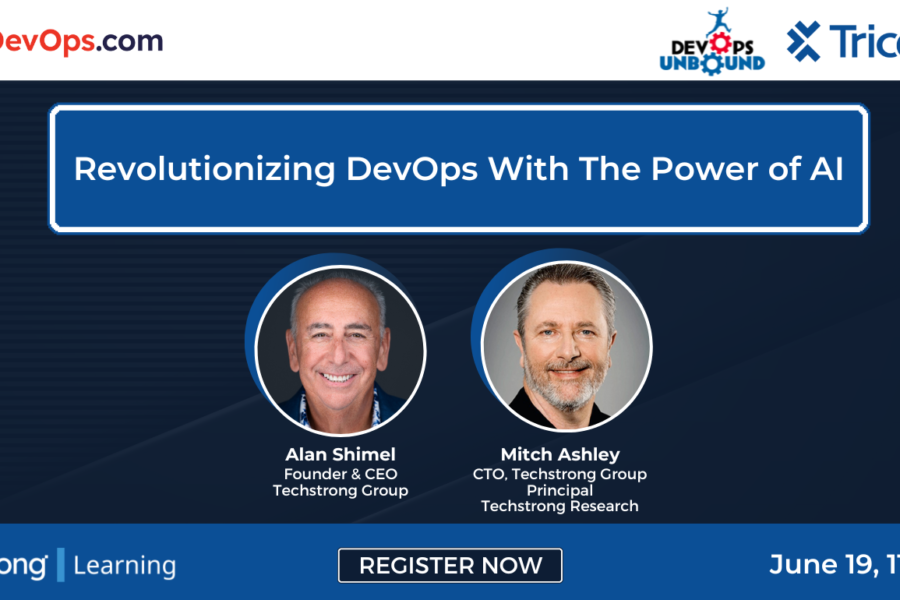
AI in DevOps: A New Era of Software Development
Date : June 19Time : 11.00 am ET The pressure on DevOps and software teams to deliver innovative, high-quality software at a faster pace is greater than ever before. The advent of AI/ML and generative AI is transforming the software development lifecycle, from AI-augmented code copilots to enhanced software quality and testing, to embedding DevSecOps…
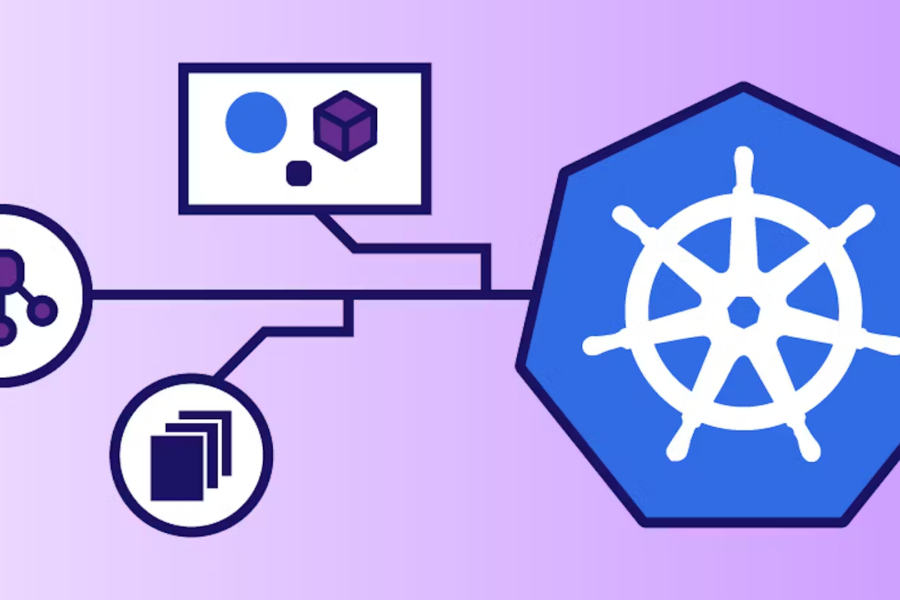
Don’t Let Your Users Disconnect! Achieve True Zero-Downtime with Kubernetes
This article dives into achieving true zero-downtime deployments in Kubernetes, specifically focusing on avoiding disruptions during rolling updates that can lead to broken client connections. The Challenge: Rolling Updates and Downtime While Kubernetes offers rolling updates for seamless application upgrades, these updates can introduce brief downtime windows. This downtime, measured in microseconds to seconds, might…

Seamless Cloud Management: Hands-On Labs with Azure and Pulumi
Date : June 20Time : 9.30 pm GMT+5.30 Platform engineering has emerged as a vital practice for organizations with sizable engineering teams, typically those with 50 or more engineers. As a natural extension of DevOps at scale, effective platform engineering provides the tools and infrastructure necessary to empower developers and development teams with self-service capabilities….
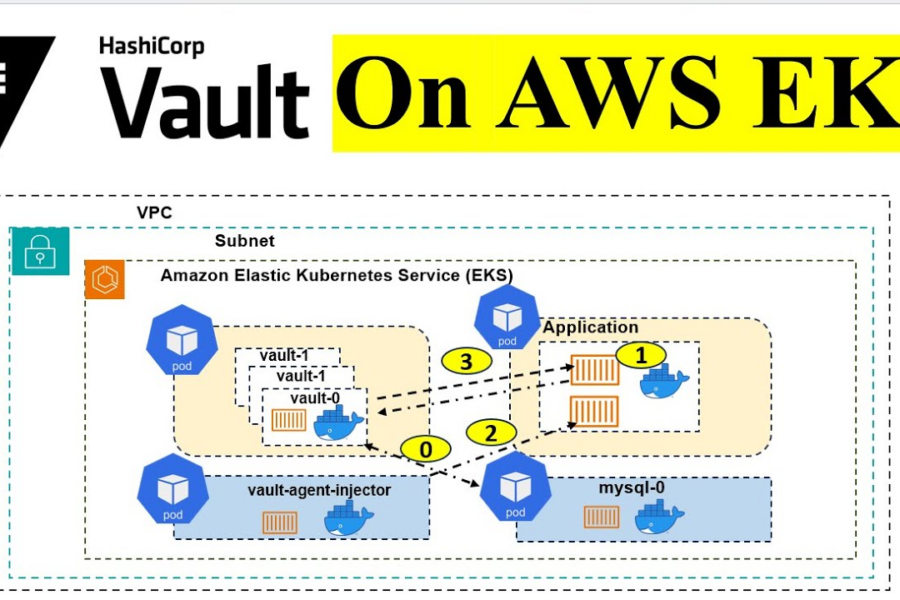
Secure Your Kubernetes Secrets with HashiCorp Vault on AWS EKS
Calling all container security enthusiasts! This episode of Containers from the Couch dives into the world of securing Kubernetes secrets using HashiCorp Vault and AWS EKS. Join our HashiCorp experts for an in-depth exploration of how Vault simplifies the management of your most sensitive data. Why Secure Your Kubernetes Secrets? In a containerized world, secrets…
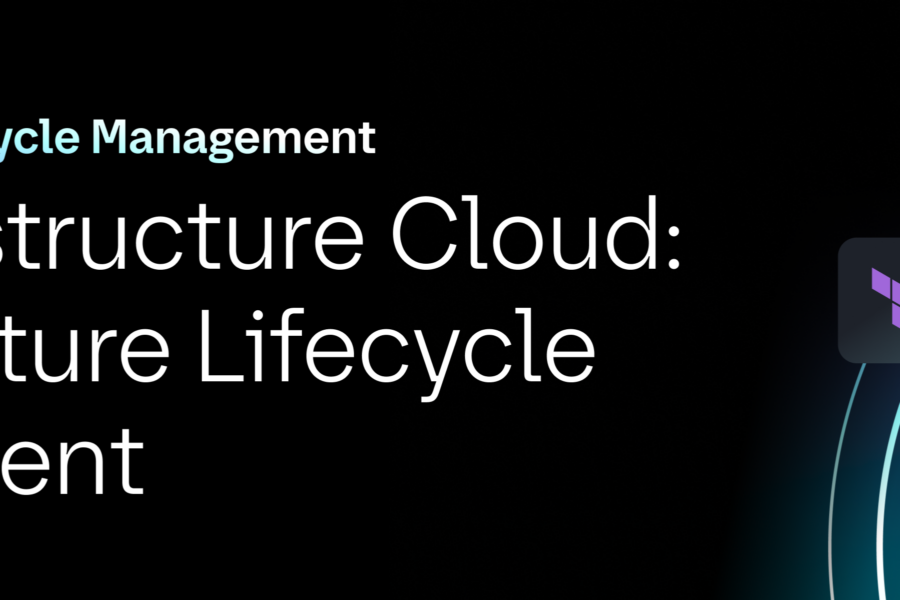
HashiCorp Unveils ILM Blueprint for Asia & Australia: Automate Cloud Infrastructure for Efficiency
Cut cloud costs and gain infrastructure control with HashiCorp’s Infrastructure Lifecycle Management (ILM) solutions. This blog post dives into a recent webinar focused on helping operations teams in Asia and Australia leverage HashiCorp’s ILM offerings within The Infrastructure Cloud. HashiCorp Infrastructure Cloud: The Event Details The ILM Challenge: Building, Deploying, and Managing Efficient Cloud Infrastructure…
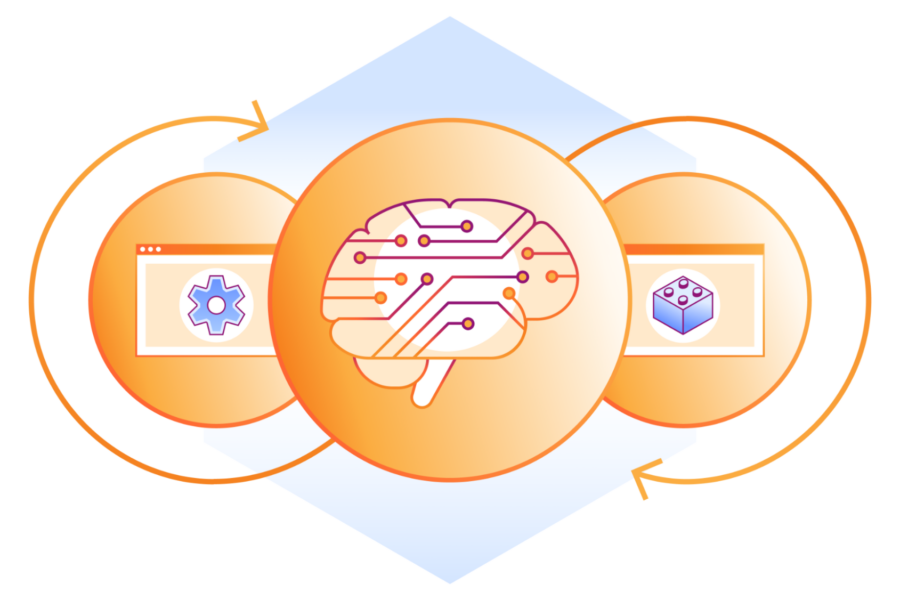
The Future of AI Development: Serverless, Scalable, and Easy with Pulumi
Date : June 18Time : 9.30 pm GMT+5.30 Welcome to an exciting journey into the world of serverless computing and AI! In this interactive workshop, we’ll dive into developing and deploying a Serverless AI application using Cloudflare Workers and Pulumi. This hands-on experience will not only enhance your technical skills but also introduce you to…

Celebrating 10 Years of Kubernetes: Google Podcast with Tim Hockin & Kelsey Hightower
The very first commit for Kubernetes on GitHub happened on June 6th, 2014. Kubernetes didn’t happen overnight. It started at Google to tackle the challenges of managing containerized applications at scale. In essence, Kubernetes was designed to simplify the management of containerized applications by providing an automated orchestration platform. Don’t miss this milestone episode of…
